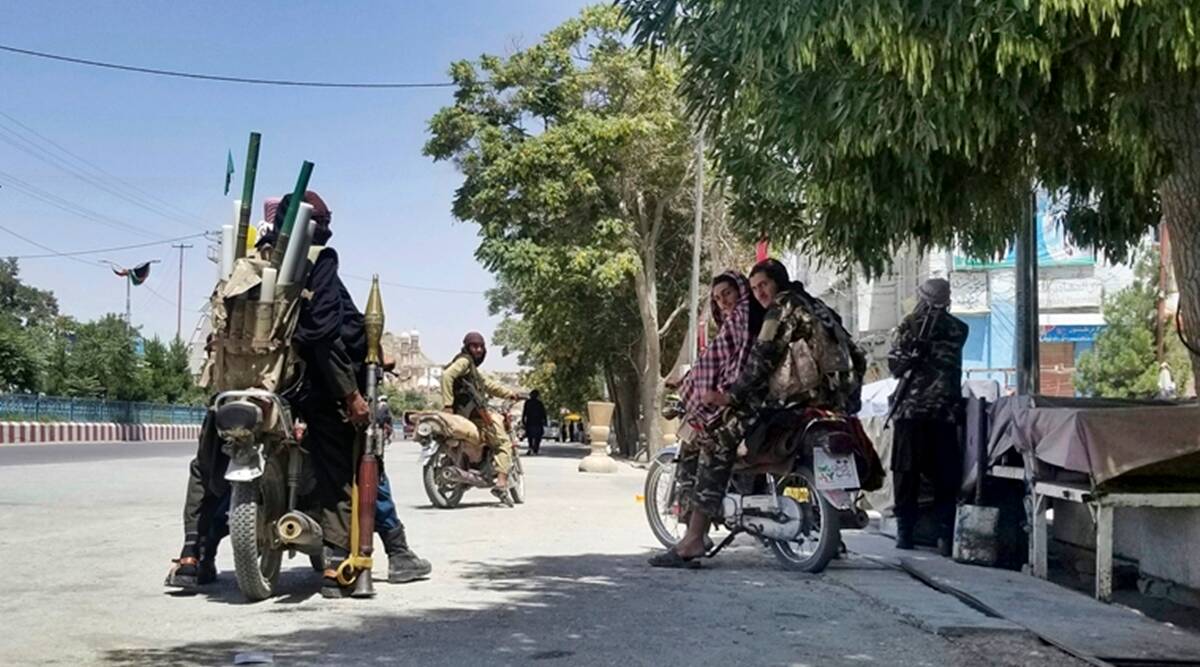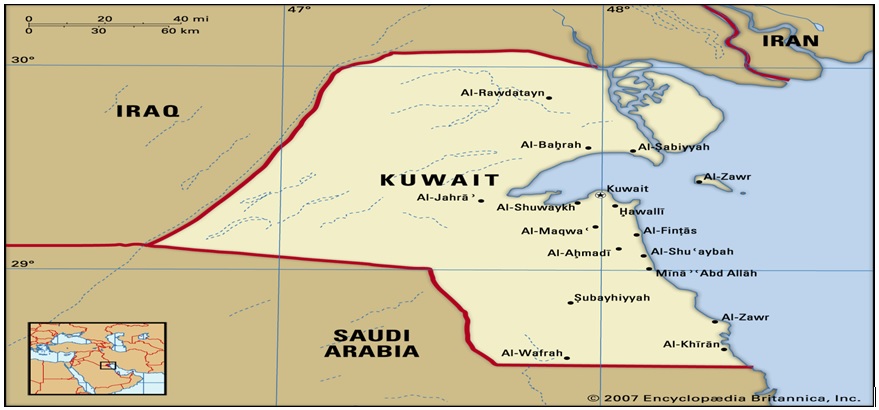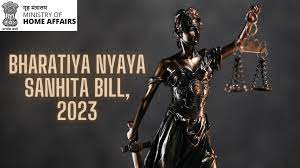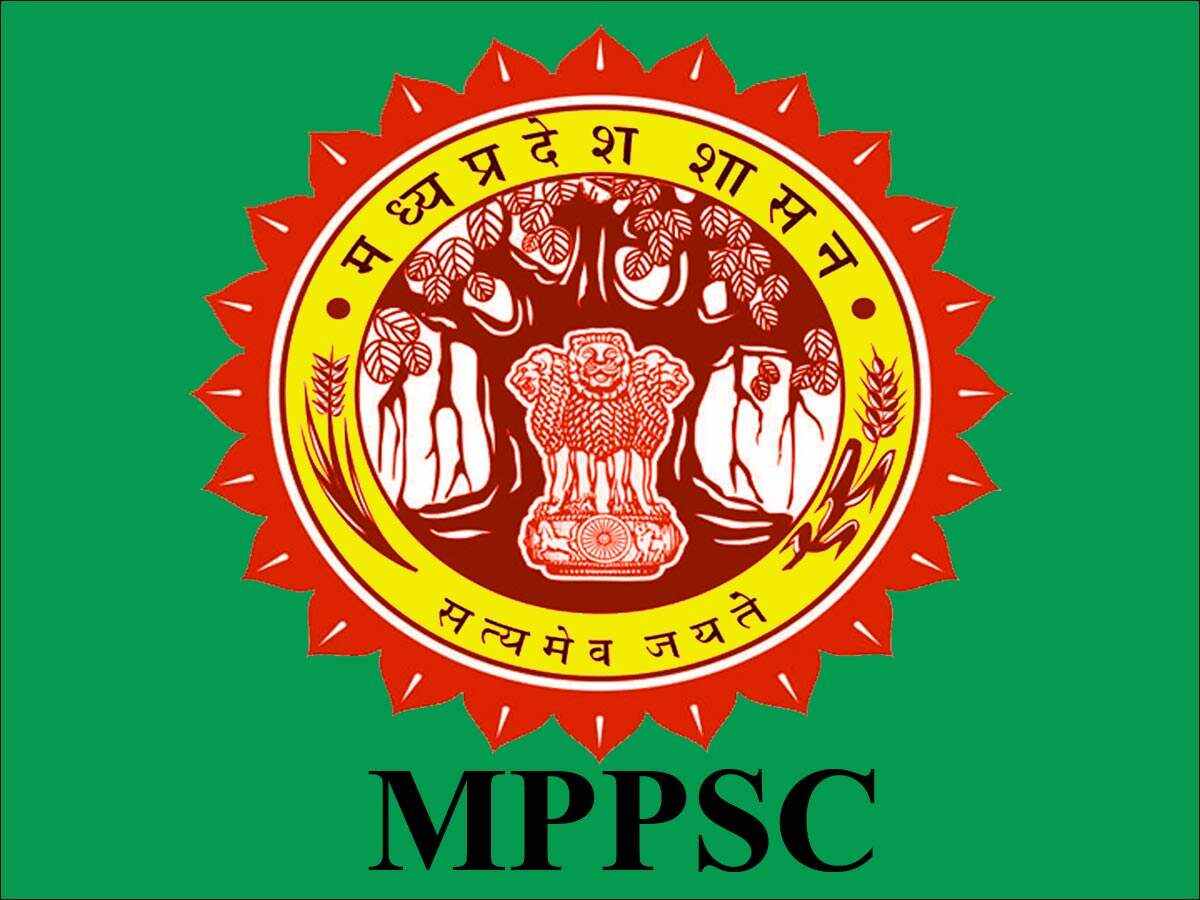TRIBAL REBELLIONS
Why in news? :
Addressing the nation after being sworn-in as President, Draupadi Murmu spoke about four tribal revolutions in her inaugural address to the nation that had strengthened tribal contribution to the freedom struggle.
Santhal Revolution
Leaders:
KanhoMurmu, Chand Murmu, BhairabMurmu and SidhoMurmu
Reason of rebellion:
against the East India Company over oppression by revenue officials, zamindars, and corrupt moneylenders.
Landmark event:
Santhal Hul, took place in Bhognadih village in present-day Jharkhand. Soon after their open rebellion, Santhals took to arms to resist imposition of British laws.
Upright reason:
in 1832 the East India Company created Damin-i-koh region in the forested belt of Rajmahal hills, and invited the Santhals to settle there. Over the years, Santhals found themselves at the receiving end of exploitative practices aided by the British.
Effect of rebellion:
uprising was crushed in 1856. The British defeated the Santhals using modern firearms and war elephants in decisive action in which both Sidho and Kanho died.
Paika rebellion
Recently in several recent descriptions, this revolt in Odisha’s Khurda is referred to as the “original” first war of Indian Independence.
Who were the Paikas? :
a class of military retainers traditionally recruited by the kings of Odisha.
Reason of revolt:
ritish had dethroned and exiled the Khurda king in 1803, and then started introducing new revenue settlements. For Paikas, who were into rendering martial services in return for hereditary rent-free land (nish-kar jagirs) and titles, this disruption meant losing both their estates and social standing.
Immediate reason:
some 400 Kondhs descended from the Ghumusar area to rise against the British. BakshiJagabandhuBidyadhar Mohapatra Bharamarbar Rai, the highest-ranking military general of the banished Khurda king, led an army of Paikas to join the uprising of the Kondhs.
Modus operandi of revolt:
Paikas set fire to government buildings in Banapur, killed policemen and looted the treasury and the British salt agent’s ship docked on the Chilika. They then proceeded to Khurda and killed several British officials.
End of revolt:
BakshiJagabandhu escaped to the jungles, and stayed out of reach of the British until 1825, when he finally surrendered under negotiated terms.
Kol Revolt
Who were Kols? :
tribal people from the Chhota Nagpur area, rose in revolt against the British in 1831.
Reason of revolt:
gradual takeover of tribal land and property by non-tribal settlers who were aided by new land laws. The simmering discontent over economic exploitation of the original inhabitants.
Leaders:
Buddhu Bhagat, Joa Bhagat and MadaraMahato among others.
Modus operandi:
Tribals fought with traditional weapons taking the battle to colonial forces who finally overpowered them with modern weaponry. They mainly targeted colonial officials and private money-lenders.
Bhil uprising
Reason:
British intruded into the Bhil territory in Maharashtra’s Khandesh region, the tribals pushed back fearing exploitation under the new regime in 1818. This revolt was led by Sewaram- their leader.
Resurge of revolt:
prising again erupted in 1825 as the Bhils sought to take advantage of reverses being suffered by the British in the first Anglo-Burmese war.



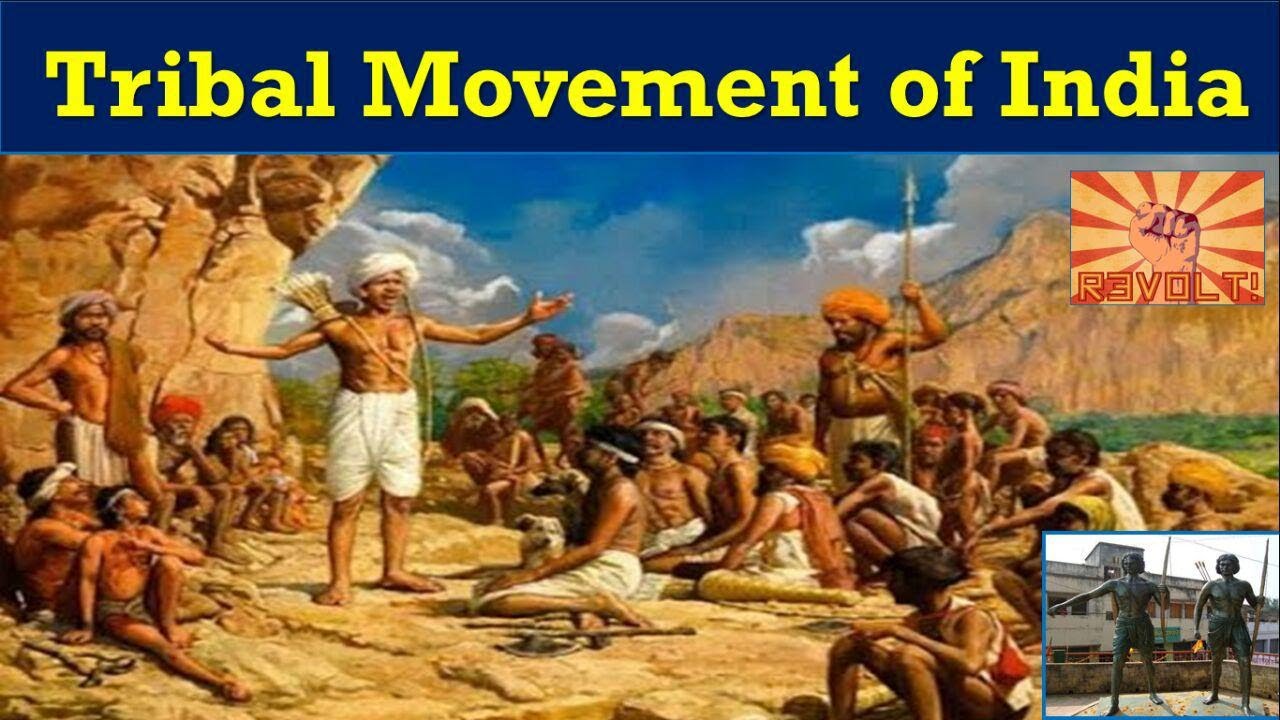


.jpg)
.jpg)
.jpg)

